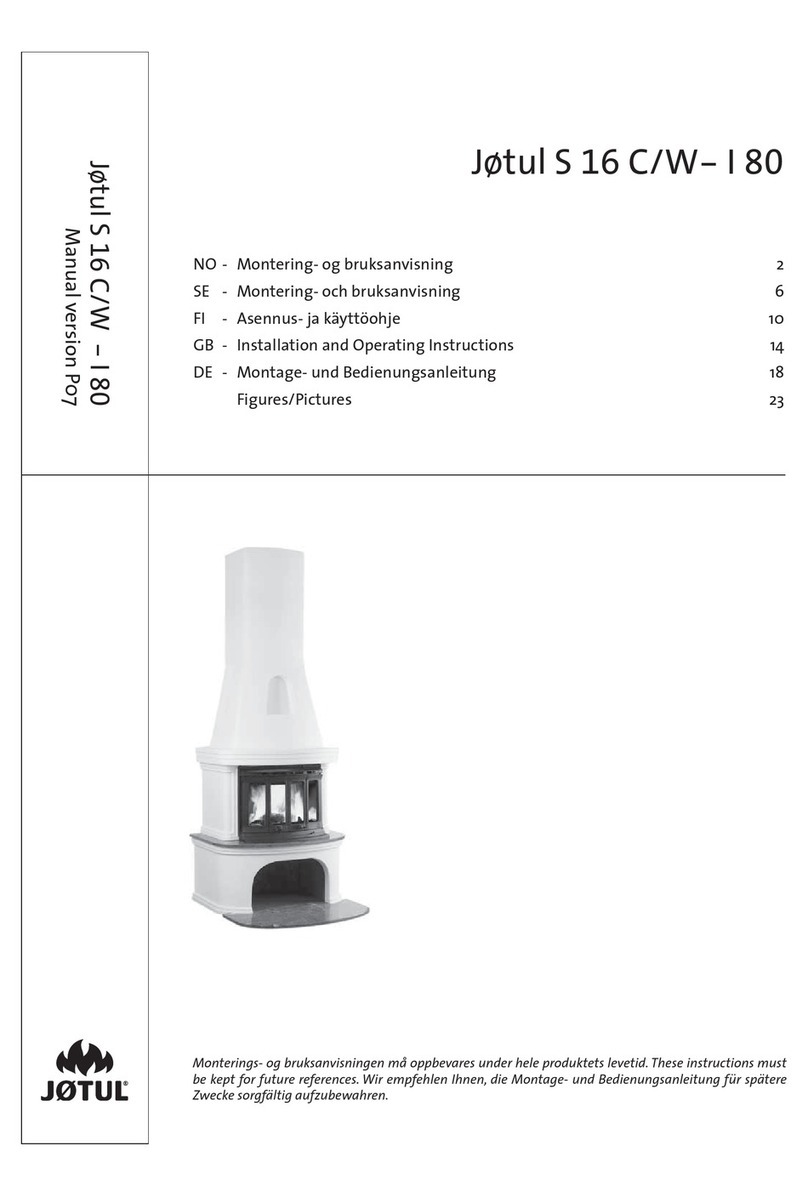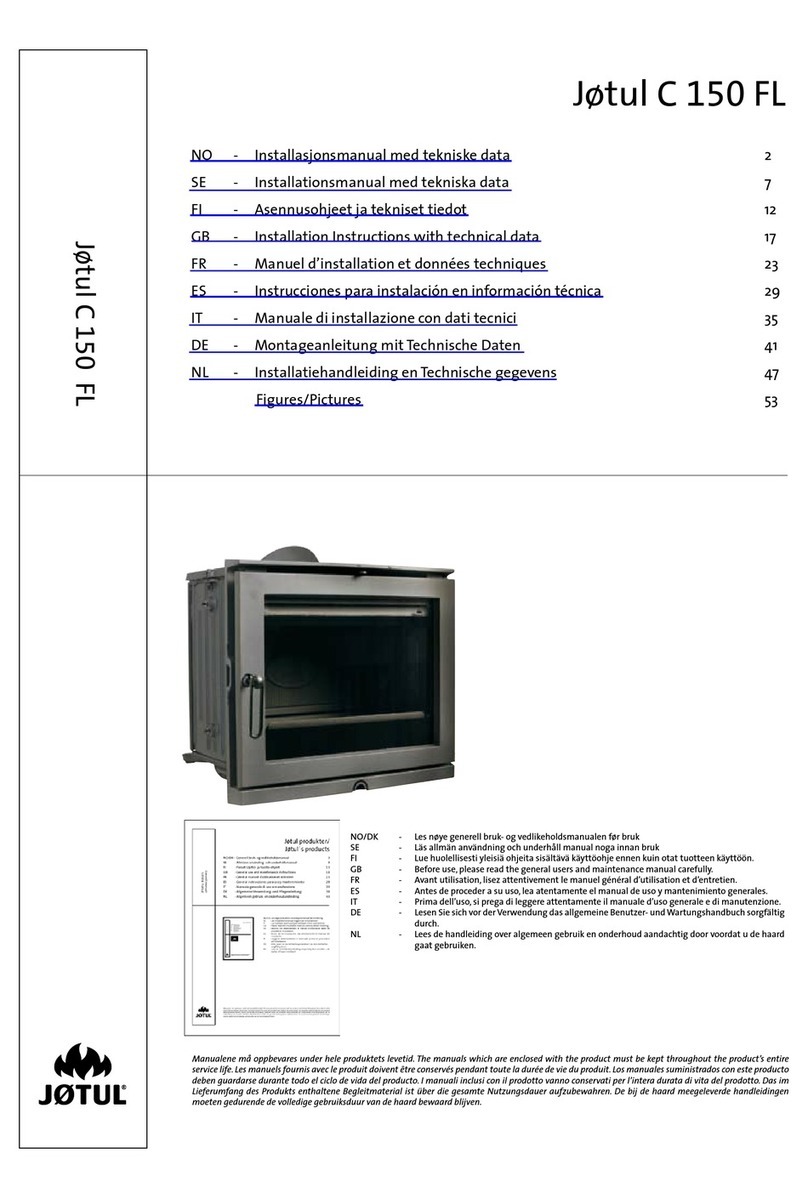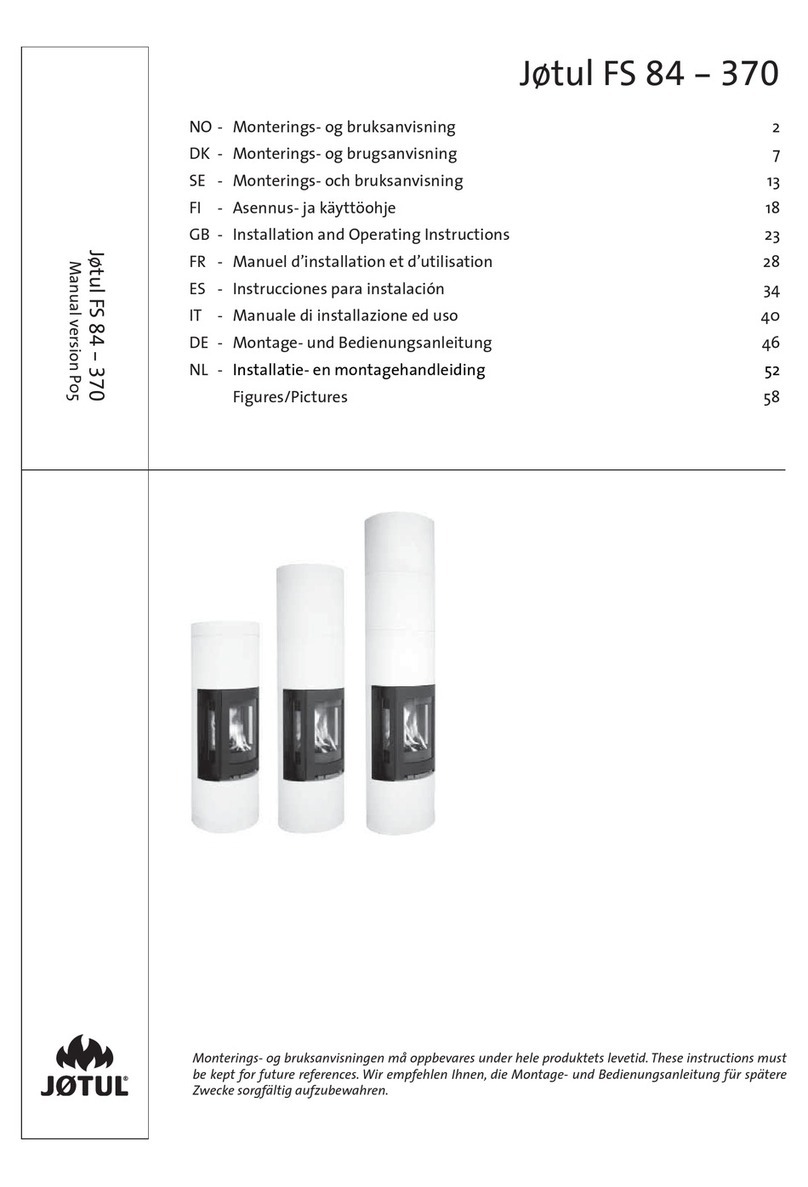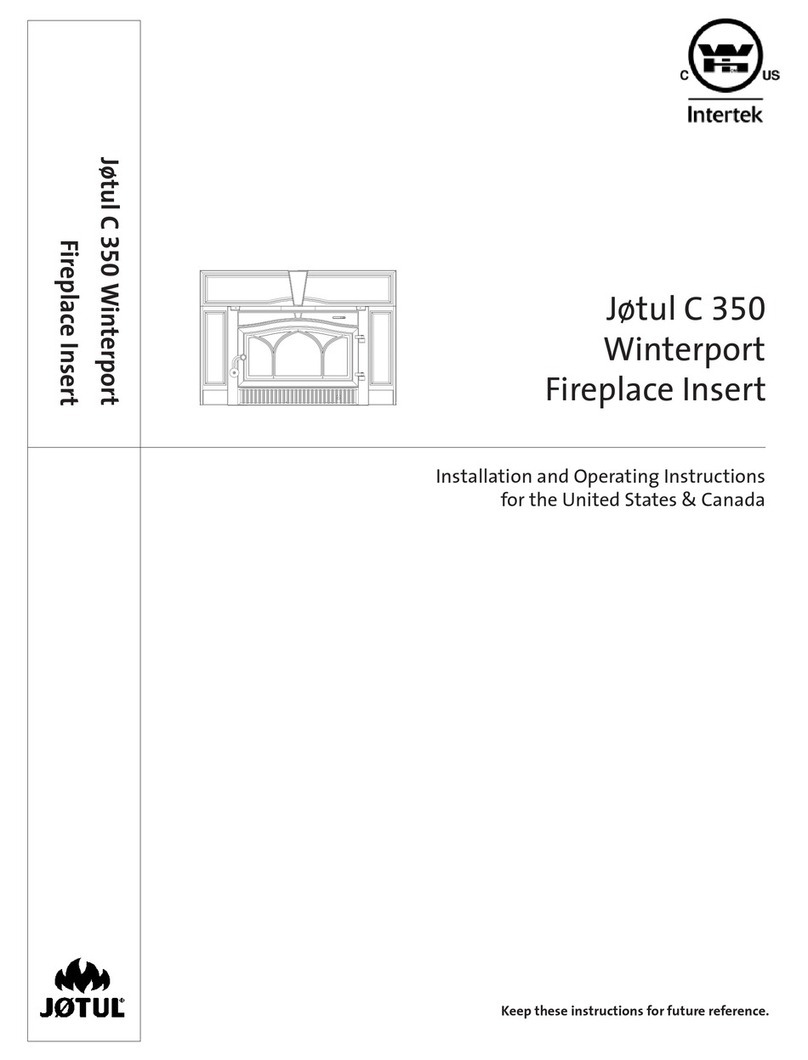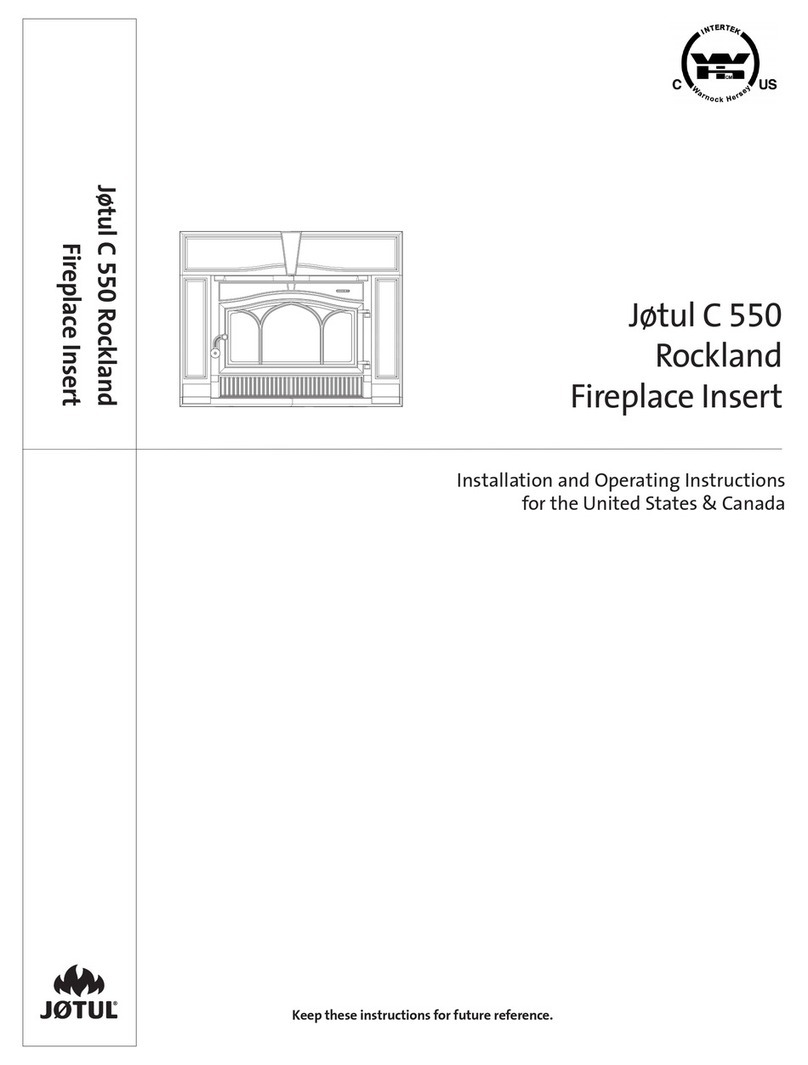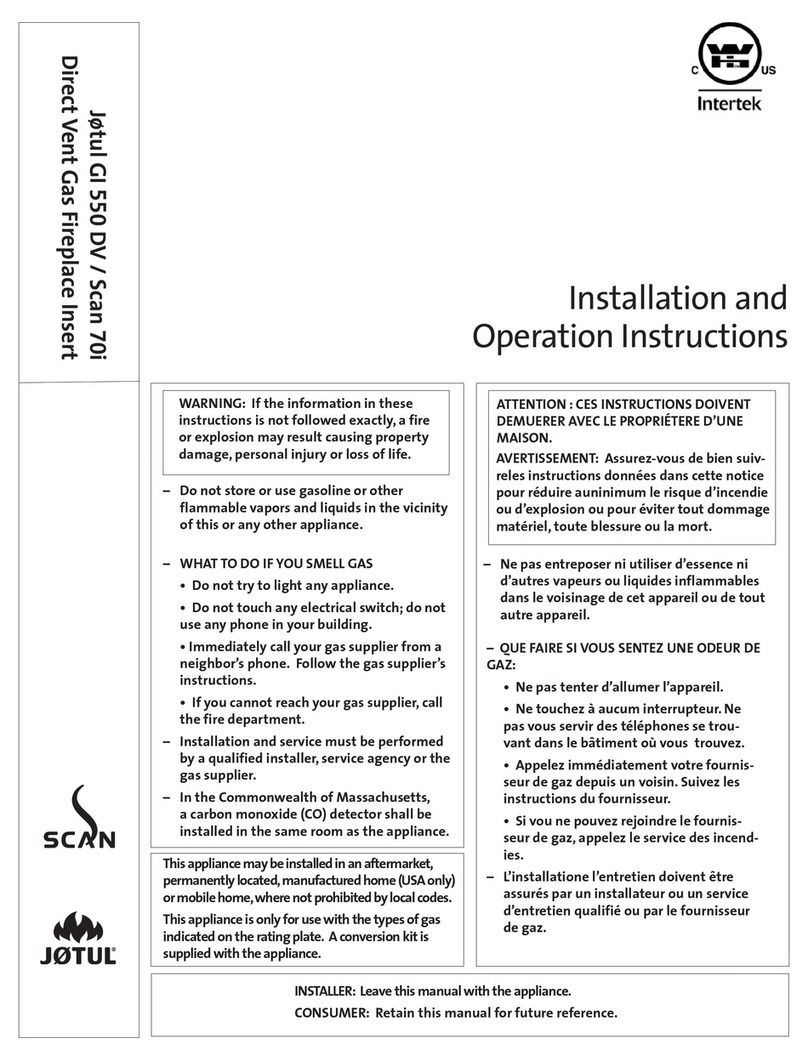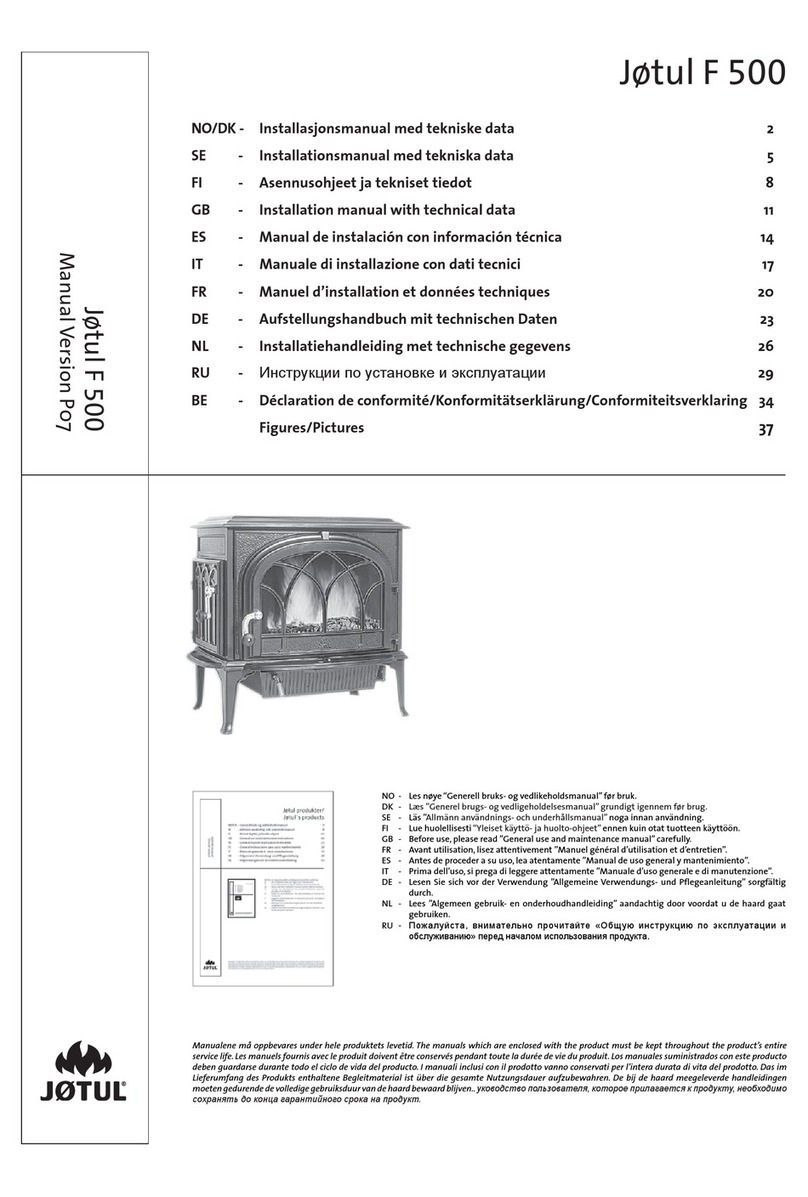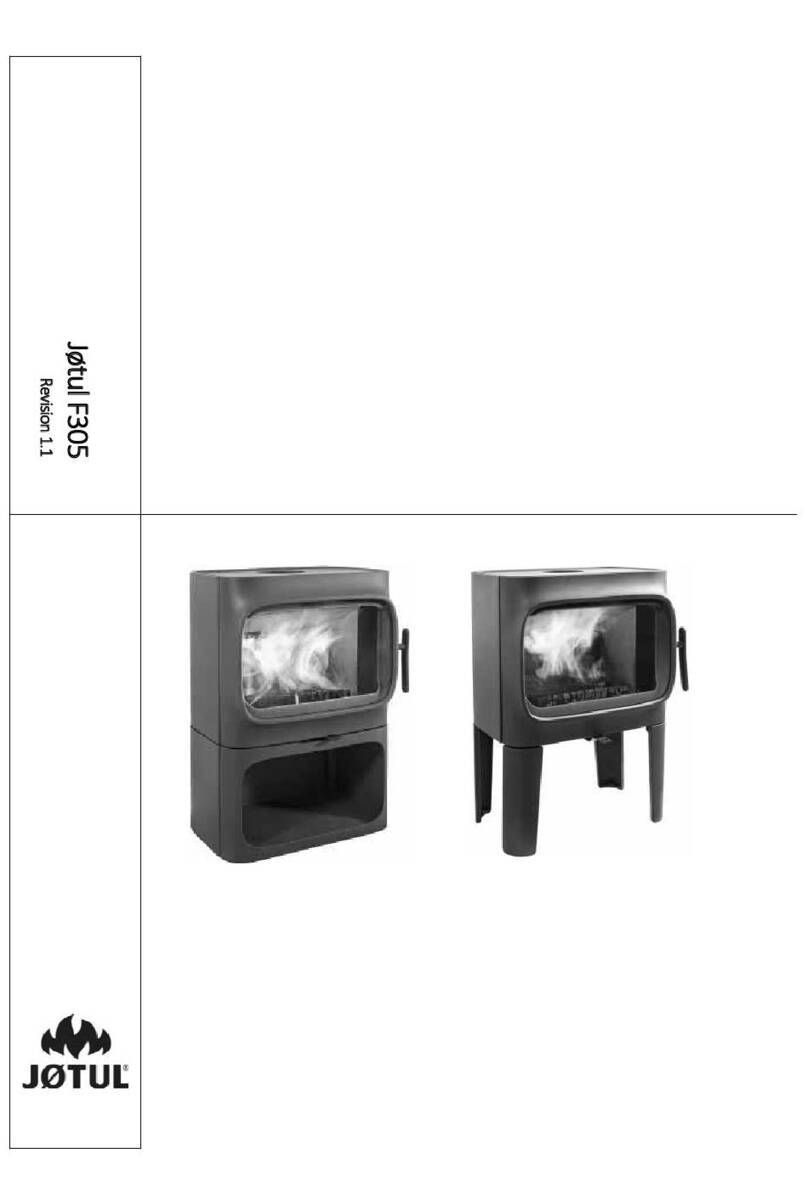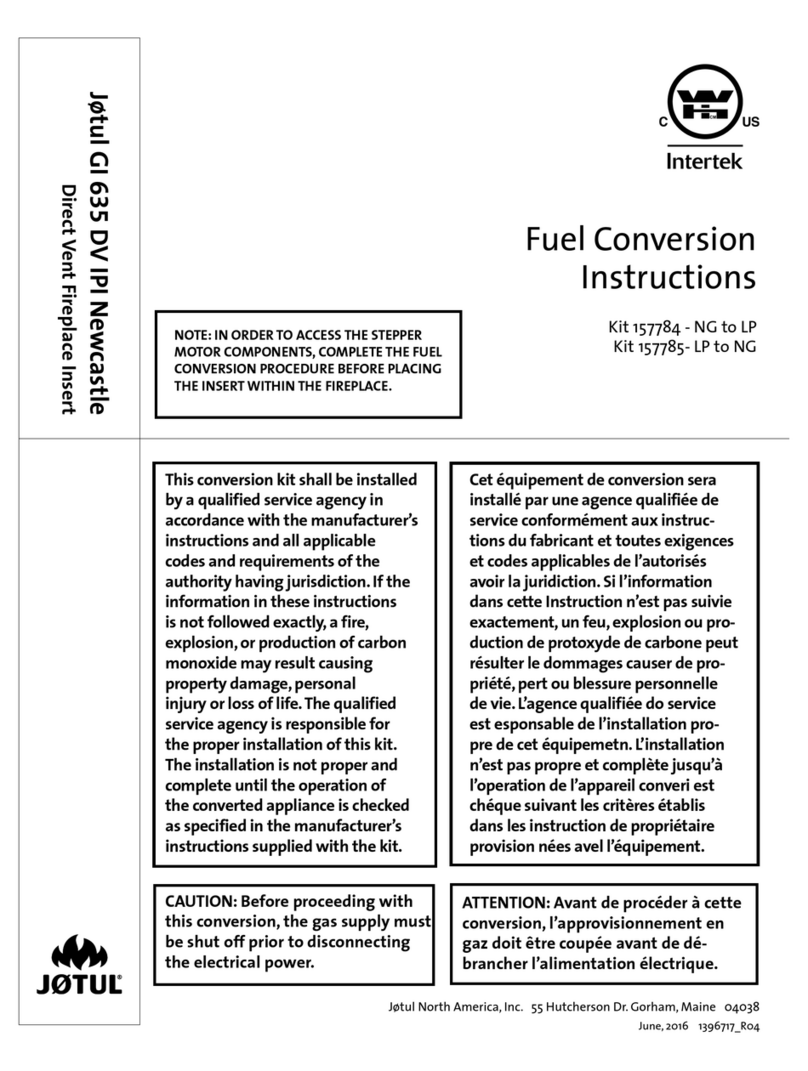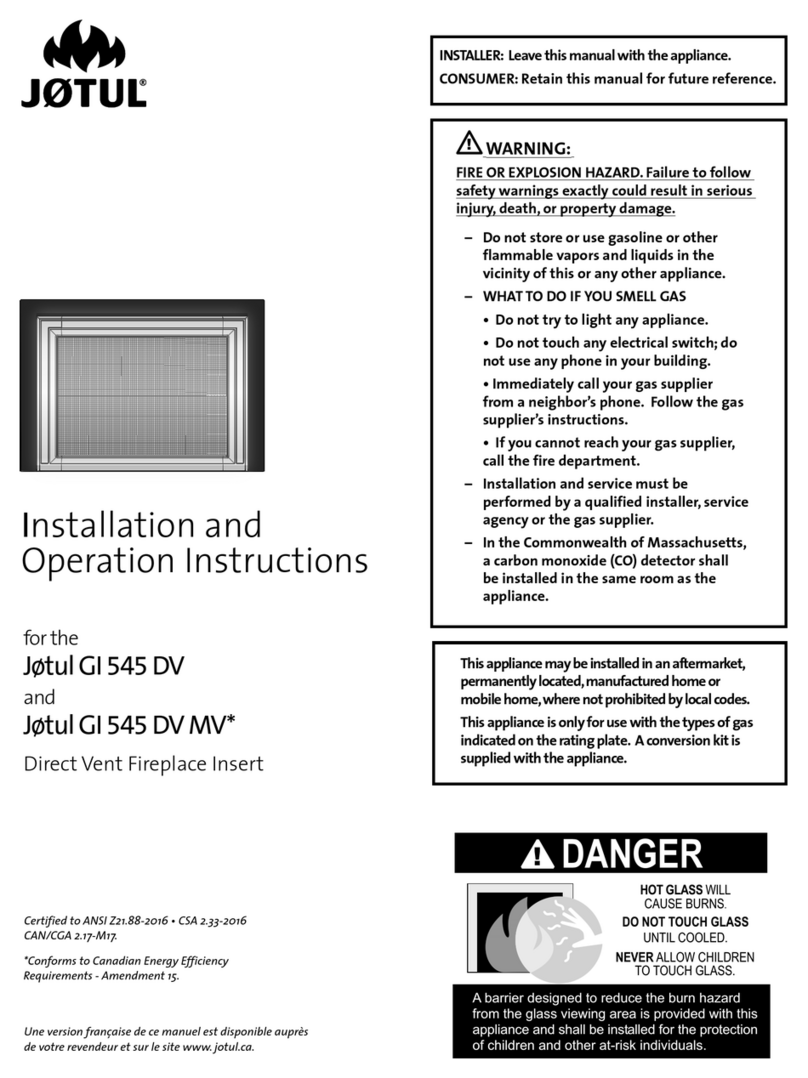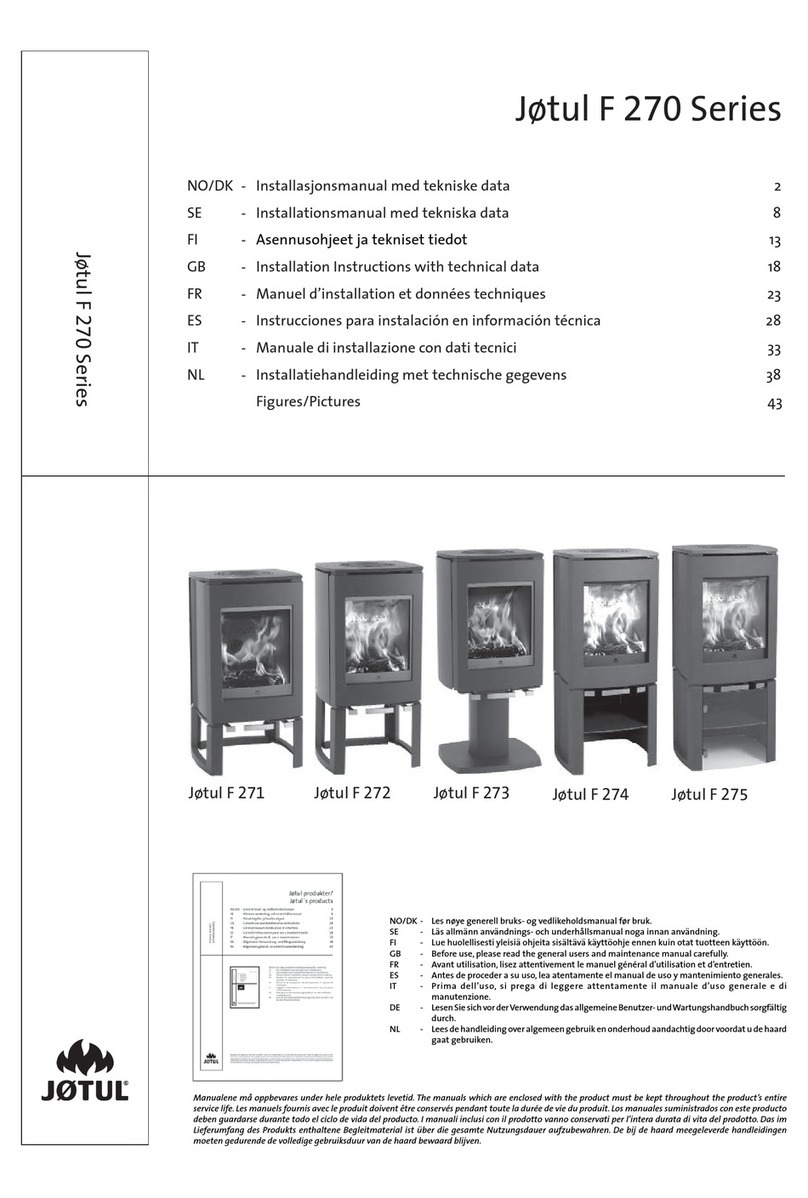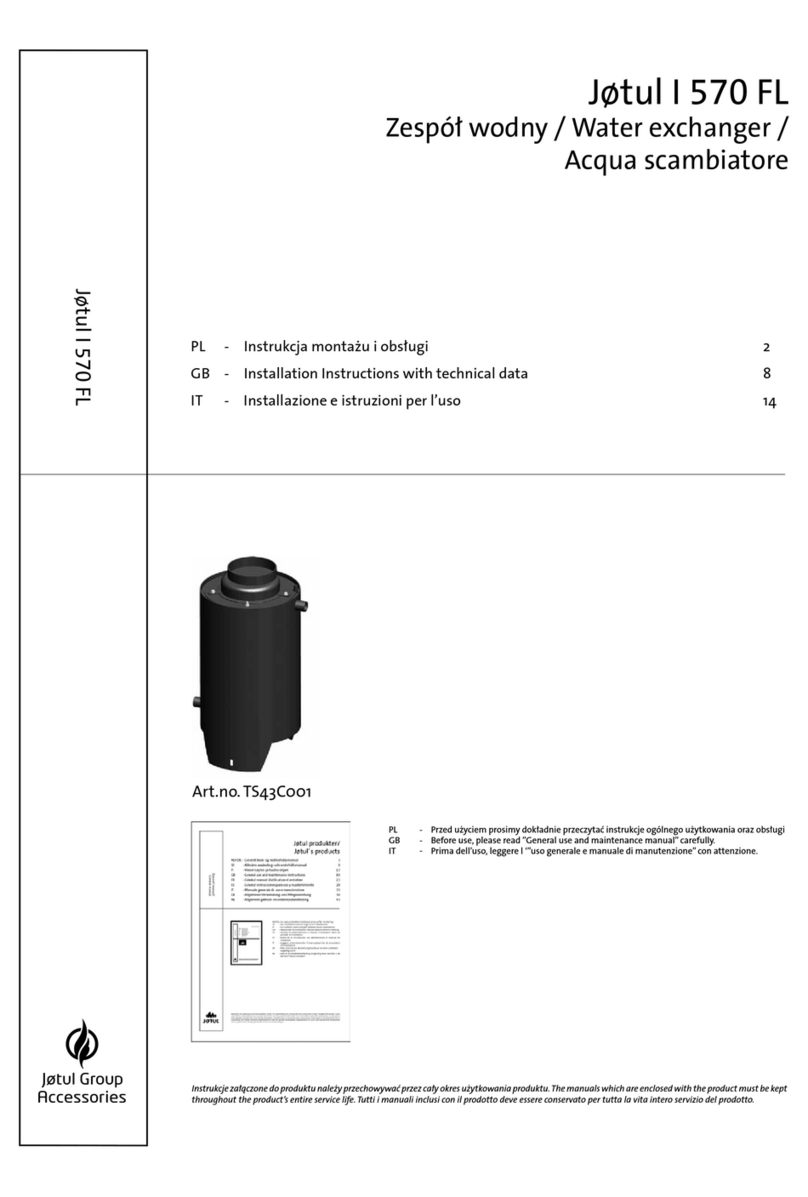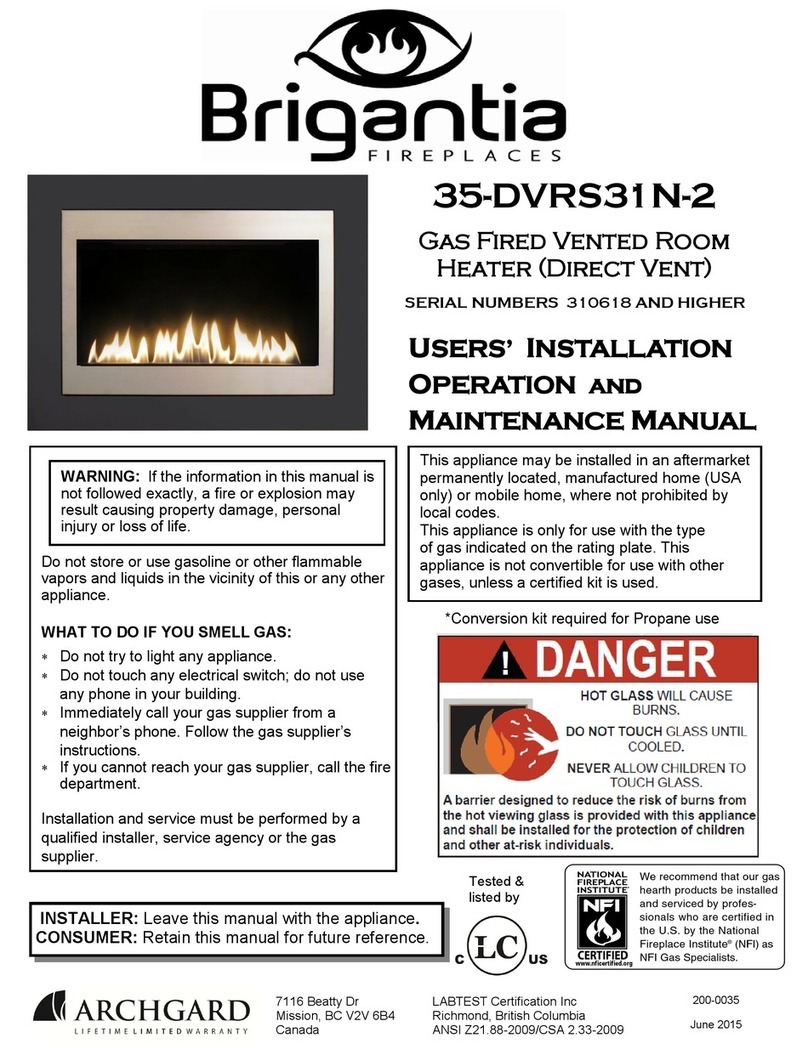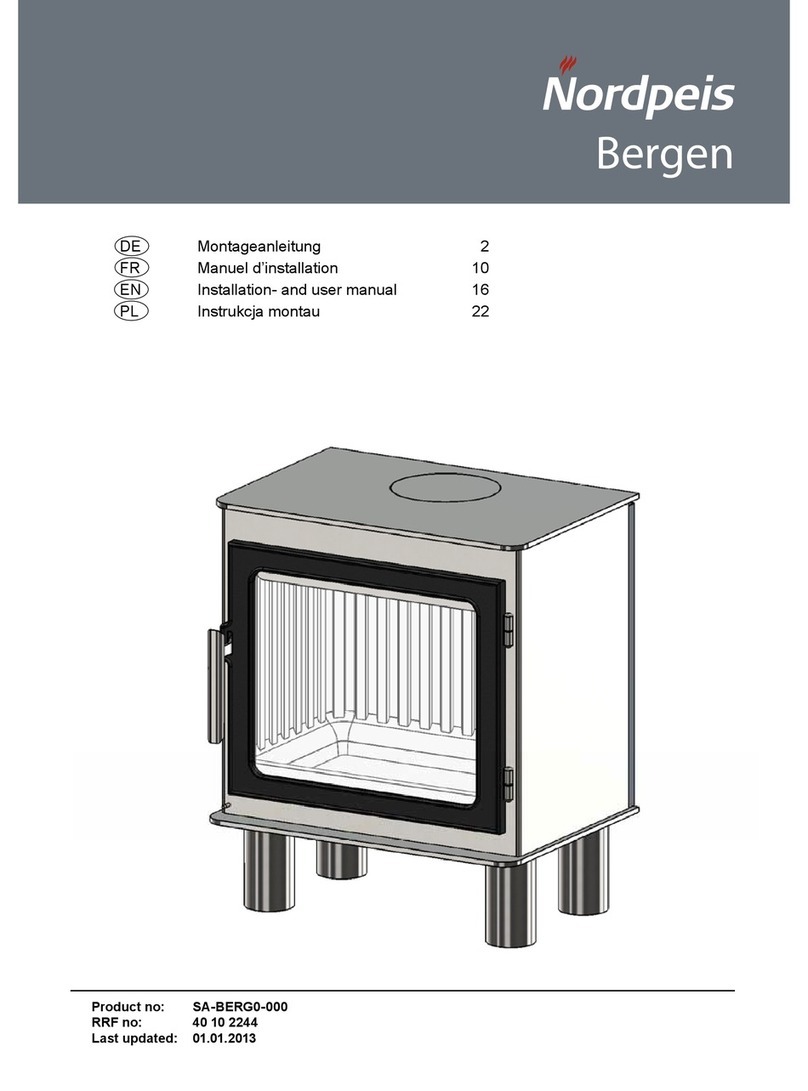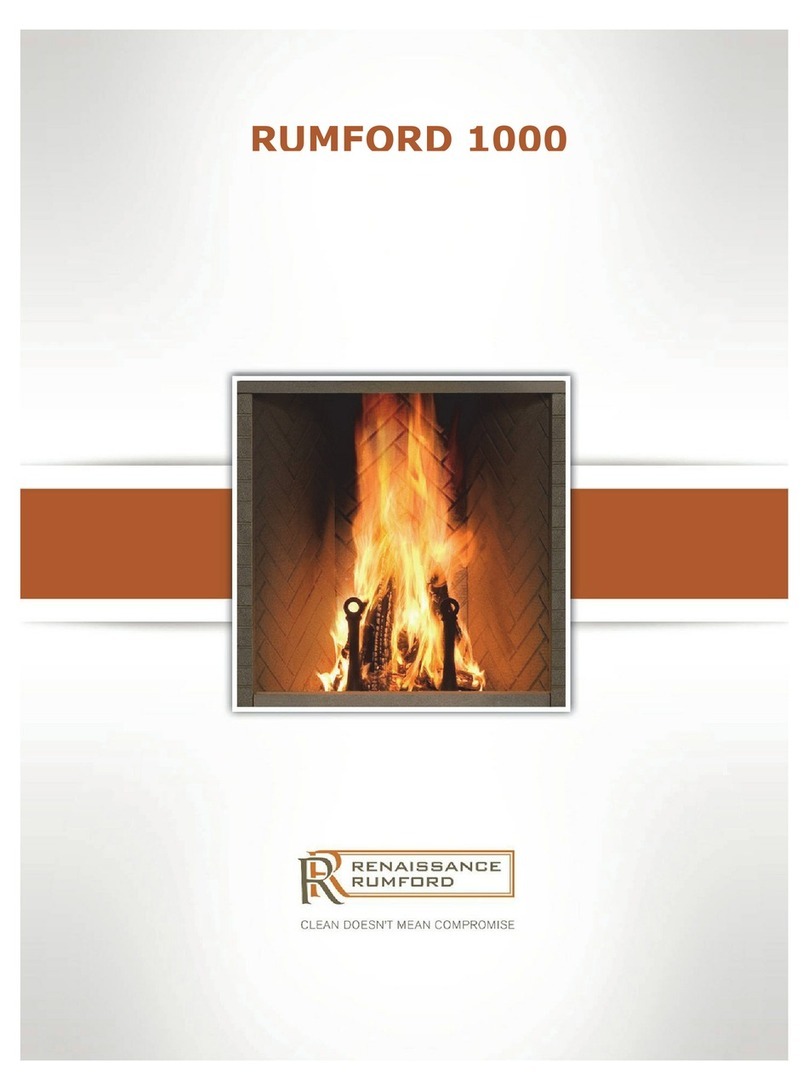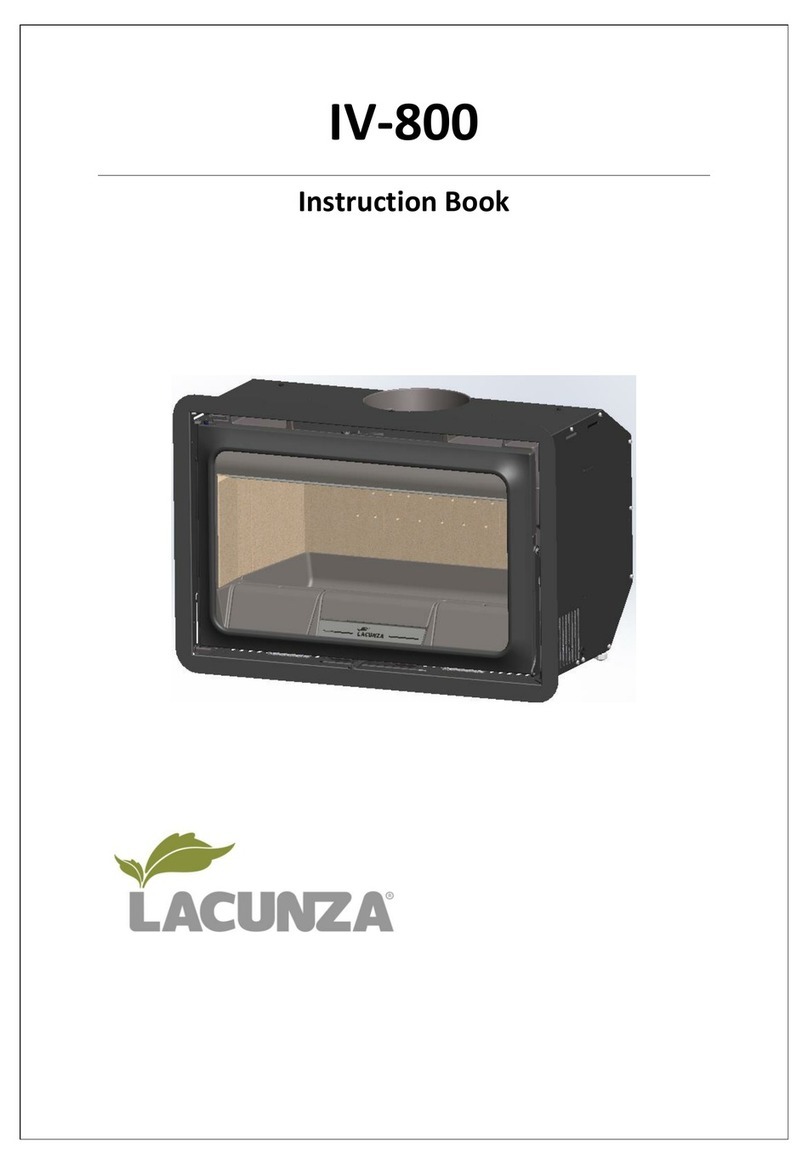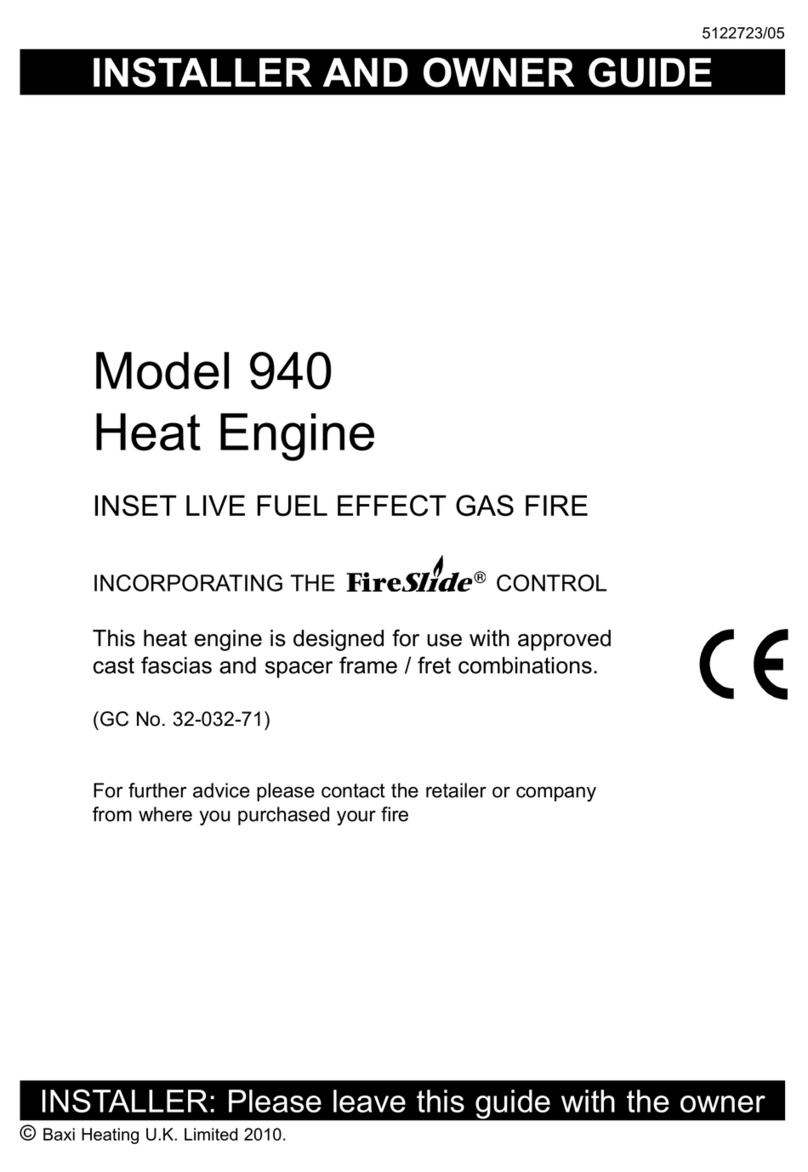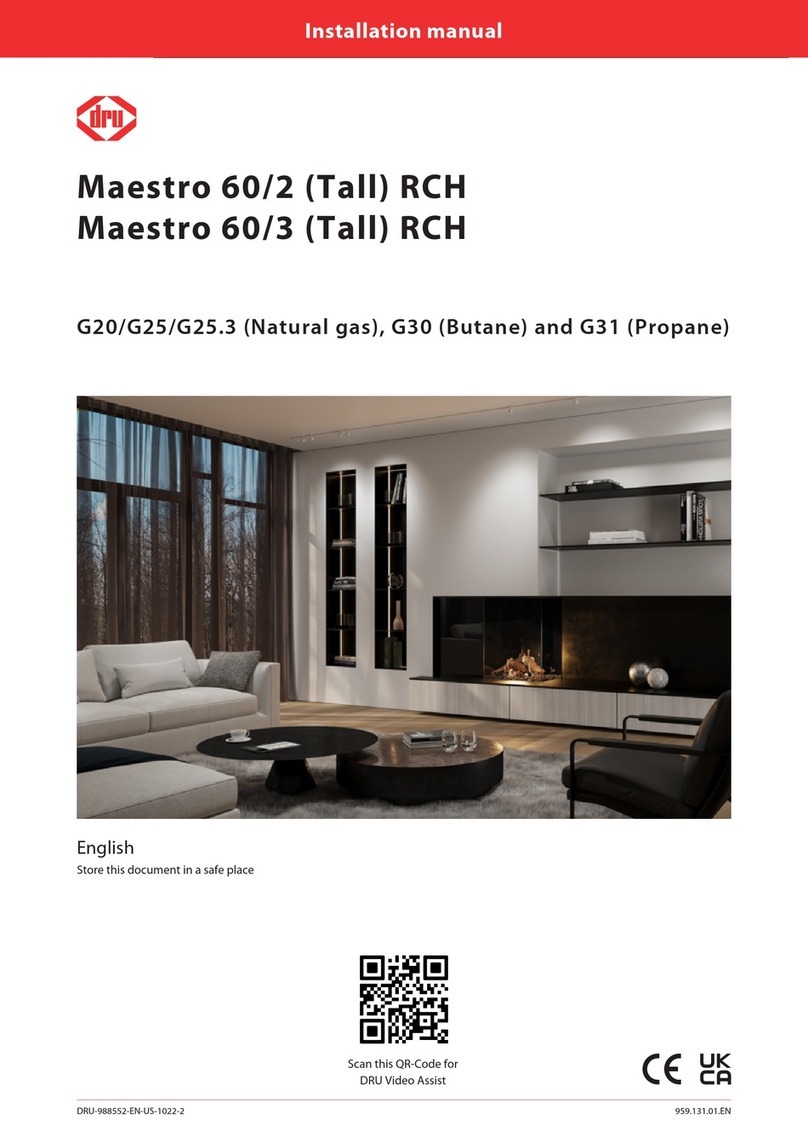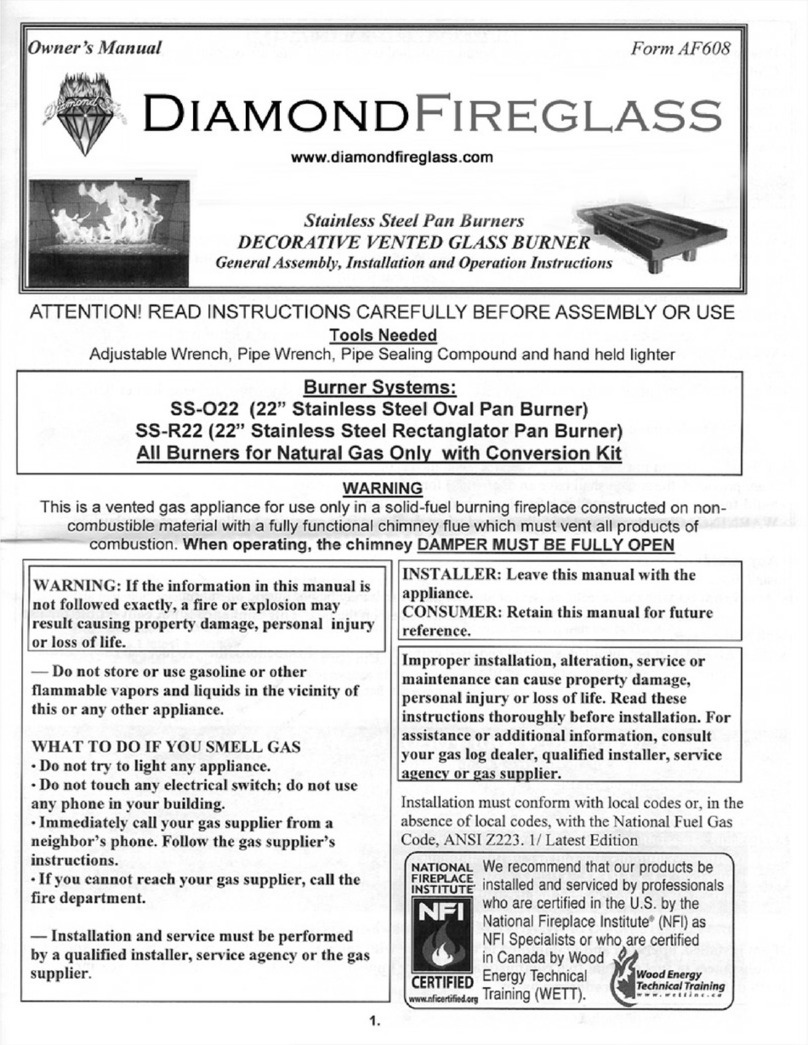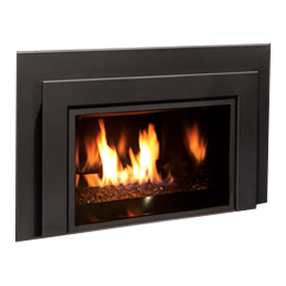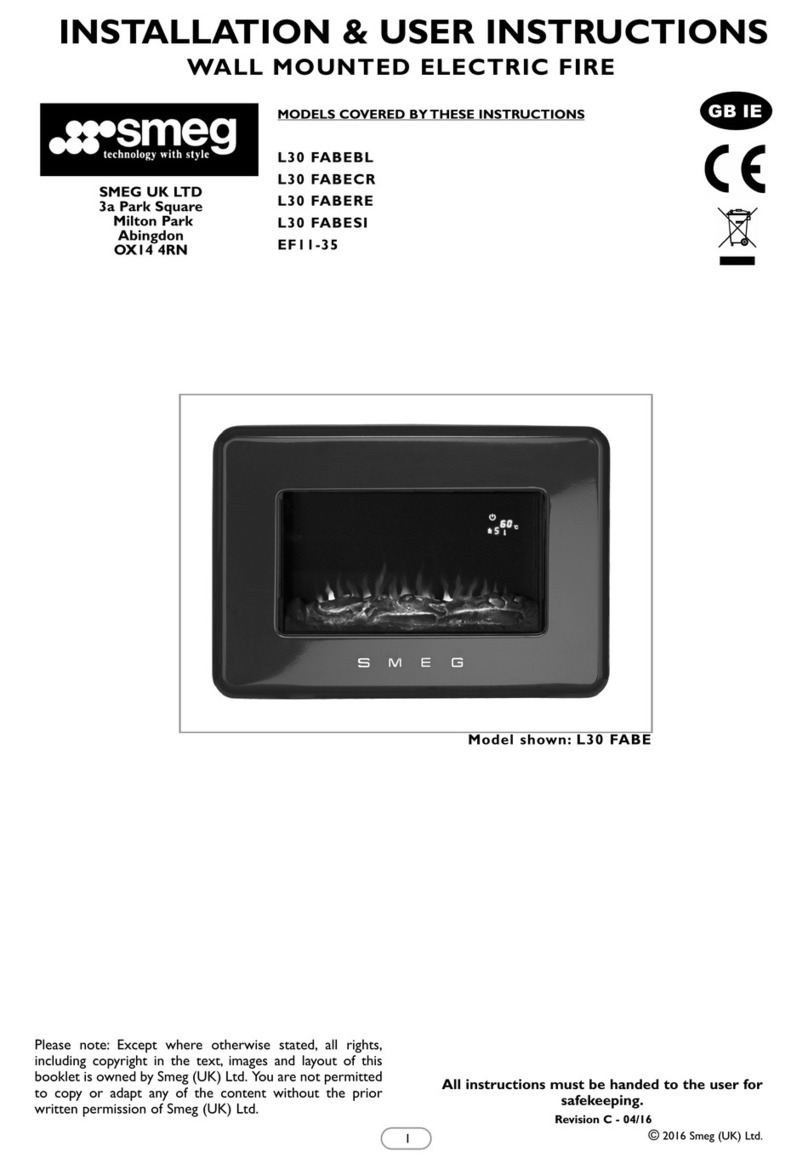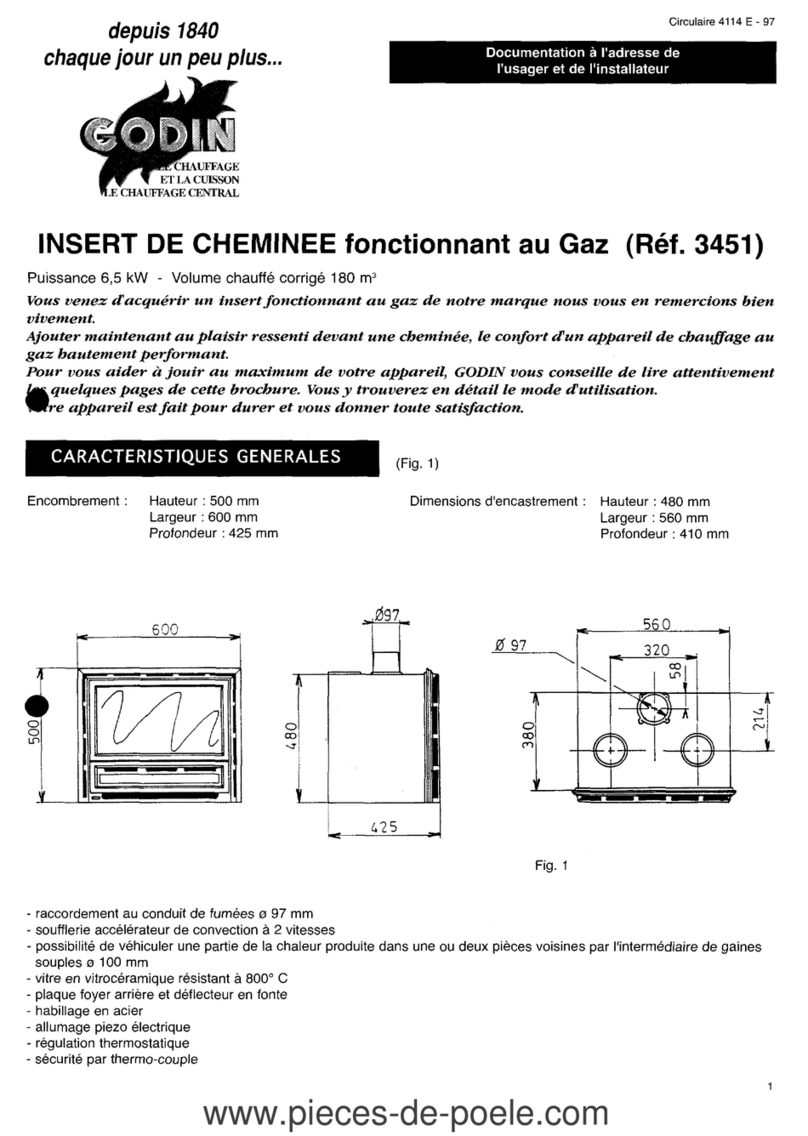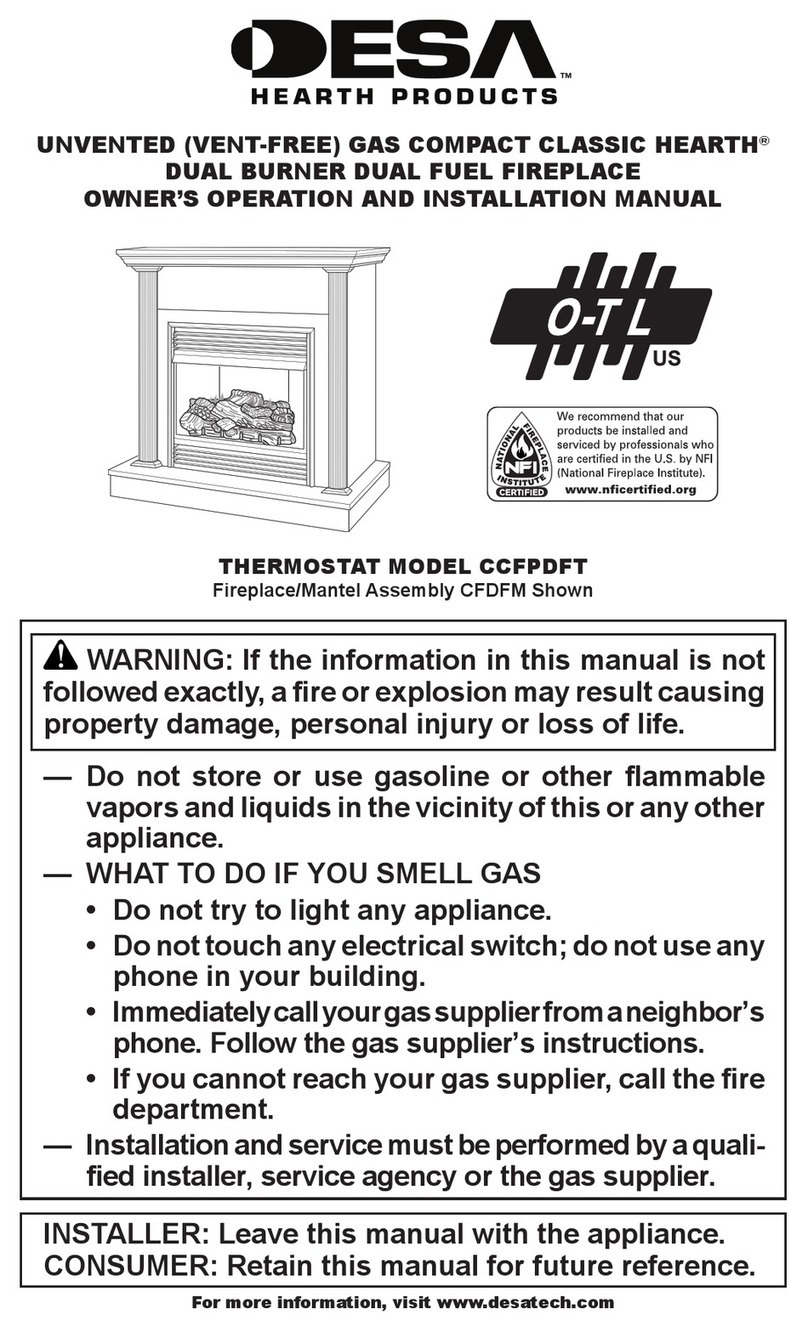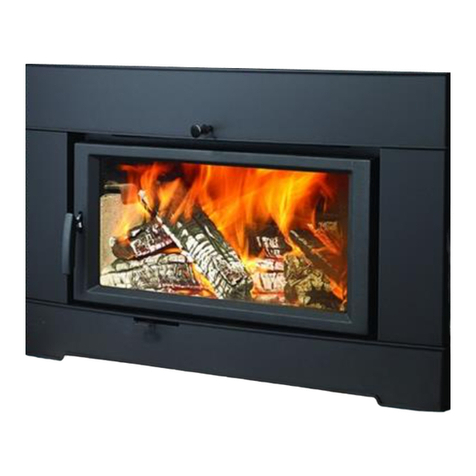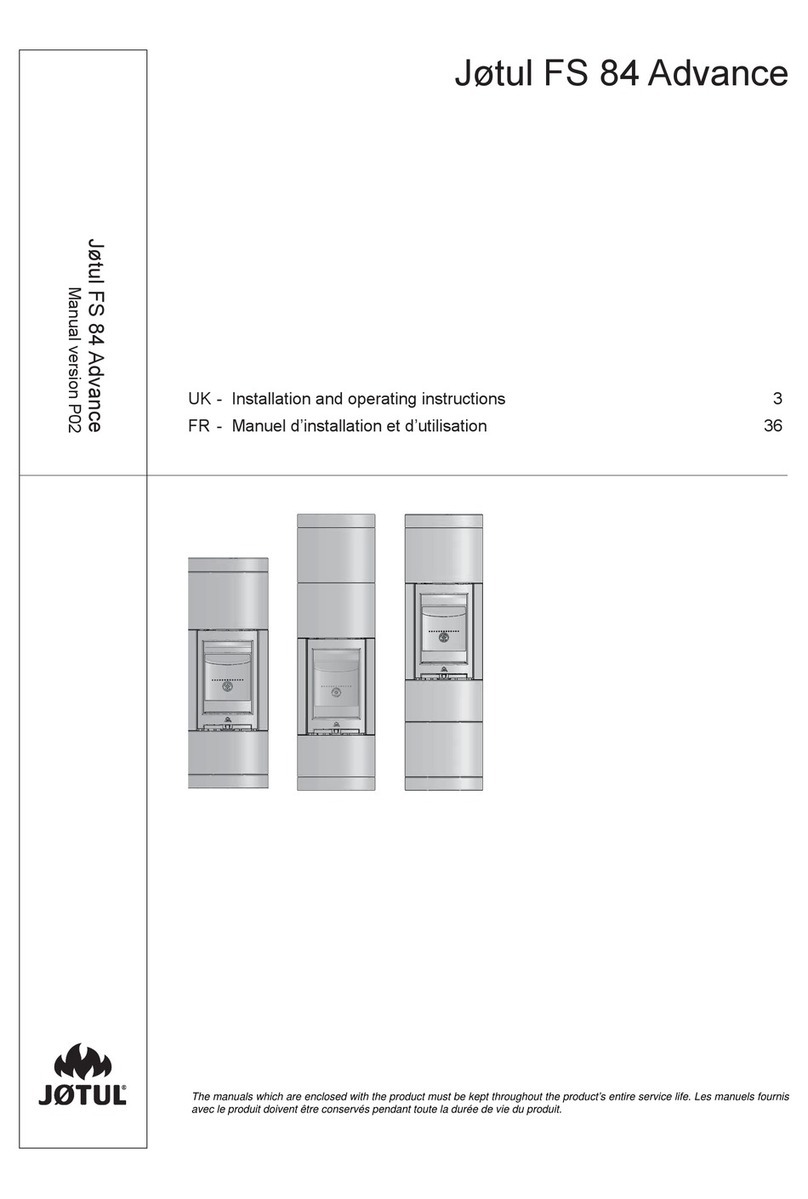
5
Safety Notices
••
••
•BUBU
BUBU
BURR
RR
RN SOLIN SOLI
N SOLIN SOLI
N SOLIDD
DD
D WW
WW
WOO
OO
OOD FOD F
OD FOD F
OD FUU
UU
UEL ONEL ON
EL ONEL ON
EL ONLL
LL
LYY
YY
Y
•DO NODO NO
DO NODO NO
DO NOT USE CT USE C
T USE CT USE C
T USE CHH
HH
HEMICEMIC
EMICEMIC
EMICALAL
ALAL
ALS OR FLS OR FL
S OR FLS OR FL
S OR FLUU
UU
UII
II
IDSDS
DSDS
DS TT
TT
TOO
OO
O
SS
SS
STT
TT
TARAR
ARAR
ARTT
TT
T TT
TT
THH
HH
HE FIE FI
E FIE FI
E FIRR
RR
RE.E.
E.E.
E. DO NODO NO
DO NODO NO
DO NOT BUT BU
T BUT BU
T BURR
RR
RN GARN GAR
N GARN GAR
N GARBB
BB
BAA
AA
AGEGE
GEGE
GE
OR FLOR FL
OR FLOR FL
OR FLAA
AA
AMMMM
MMMM
MMABAB
ABAB
ABLE FLLE FL
LE FLLE FL
LE FLUU
UU
UII
II
IDSDS
DSDS
DS..
..
.
•II
II
IFF
FF
F TT
TT
THH
HH
HIS RIS R
IS RIS R
IS ROO
OO
OOO
OO
OM HM H
M HM H
M HEE
EE
EAA
AA
ATT
TT
TER IS NOER IS NO
ER IS NOER IS NO
ER IS NOT PR
T PR
T PRT PR
T PROPEROPER
OPEROPER
OPERLL
LL
LYY
YY
Y
II
II
INSNS
NSNS
NSTT
TT
TALLEDALLED
ALLEDALLED
ALLED,,
,,
,A HOUSE FIA HOUSE FI
A HOUSE FIA HOUSE FI
A HOUSE FIRR
RR
RE ME M
E ME M
E MAA
AA
AY RY R
Y RY R
Y RESUESU
ESUESU
ESULL
LL
LTT
TT
T..
..
.
TT
TT
TOO
OO
O
RR
RR
REDUCEDUC
EDUCEDUC
EDUCEE
EE
E TT
TT
THH
HH
HE RE R
E RE R
E RISK OF FIISK OF FI
ISK OF FIISK OF FI
ISK OF FIRR
RR
RE,E,
E,E,
E, FF
FF
FOLLOLL
OLLOLL
OLLOO
OO
OWW
WW
W TT
TT
THH
HH
HEE
EE
E
II
II
INSNS
NSNS
NSTT
TT
TALLALL
ALLALL
ALLAA
AA
ATT
TT
TION IION I
ION IION I
ION INSNS
NSNS
NSTT
TT
TRUCRUC
RUCRUC
RUCTT
TT
TIONSIONS
IONSIONS
IONS..
..
.FF
FF
FAIAI
AIAI
AILL
LL
LUU
UU
URR
RR
REE
EE
E TT
TT
TOO
OO
O
FF
FF
FOLLOLL
OLLOLL
OLLOO
OO
OWW
WW
W
TT
TT
THH
HH
HESE IESE I
ESE IESE I
ESE INSNS
NSNS
NSTT
TT
TRUCRUC
RUCRUC
RUCTT
TT
TIONS MIONS M
IONS MIONS M
IONS MAA
AA
AYY
YY
Y
RR
RR
RESUESU
ESUESU
ESULL
LL
LT IT I
T IT I
T IN PRN PR
N PRN PR
N PROPEROPER
OPEROPER
OPERTY DTY D
TY DTY D
TY DAA
AA
AMM
MM
MAA
AA
AGE,GE,
GE,GE,
GE, BB
BB
BODIODI
ODIODI
ODILL
LL
LYY
YY
Y
II
II
INJNJ
NJNJ
NJUU
UU
URR
RR
RYY
YY
Y,,
,,
,OR LOR L
OR LOR L
OR LOSS OF LIOSS OF LI
OSS OF LIOSS OF LI
OSS OF LIFE.FE.
FE.FE.
FE.
••
••
•CC
CC
CONON
ONON
ONTT
TT
TAA
AA
AC
C
CC
CTT
TT
T TT
TT
THH
HH
HE LE L
E LE L
E LOO
OO
OCC
CC
CAL BUAL BU
AL BUAL BU
AL BUII
II
ILDILDI
LDILDI
LDING OR FING OR FI
NG OR FING OR FI
NG OR FIRR
RR
REE
EE
E
OFFICOFFIC
OFFICOFFIC
OFFICIALIAL
IALIAL
IALS ABS AB
S ABS AB
S ABOUOU
OUOU
OUT RT R
T RT R
T RESES
ESES
ESTT
TT
TRR
RR
RICIC
ICIC
ICTT
TT
TIONS ANIONS AN
IONS ANIONS AN
IONS ANDD
DD
D
II
II
INSNS
NSNS
NSTT
TT
TALLALL
ALLALL
ALLAA
AA
ATT
TT
TION IION I
ION IION I
ION INSPECNSPEC
NSPECNSPEC
NSPECTT
TT
TION RION R
ION RION R
ION REQUEQU
EQUEQU
EQUII
II
IRR
RR
RE-E-
E-E-
E-
MENMEN
MENMEN
MENTT
TT
TS IS I
S IS I
S INN
NN
N YY
YY
YOUOU
OUOU
OUR ARR AR
R ARR AR
R AREE
EE
EA.A.
A.A.
A. WW
WW
WHH
HH
HEN NOEN NO
EN NOEN NO
EN NOT AD-T AD-
T AD-T AD-
T AD-
DRDR
DRDR
DRESSED IESSED I
ESSED IESSED I
ESSED INN
NN
N TT
TT
THH
HH
HIS MIS M
IS MIS M
IS MANAN
ANAN
ANUU
UU
UAL,AL,
AL,AL,
AL, OR BOR B
OR BOR B
OR BY LY L
Y LY L
Y LOO
OO
OCC
CC
CALAL
ALAL
AL
CC
CC
CODE AODE A
ODE AODE A
ODE AUU
UU
UTT
TT
THORHOR
HORHOR
HORII
II
ITT
TT
TII
II
IESES
ESES
ES,,
,,
,II
II
INSNS
NSNS
NSTT
TT
TALLALL
ALLALL
ALLAA
AA
ATT
TT
TION SPECION SPEC
ION SPECION SPEC
ION SPECII
II
IFI-FI-
FI-FI-
FI-
CC
CC
CAA
AA
ATT
TT
TIONS ANIONS AN
IONS ANIONS AN
IONS AND RD R
D RD R
D REQUEQU
EQUEQU
EQUII
II
IRR
RR
REMENEMEN
EMENEMEN
EMENTT
TT
TS DEFERS DEFER
S DEFERS DEFER
S DEFER TT
TT
TOO
OO
O
NN
NN
NFPFP
FPFP
FPA 211 OR CSA 211 OR CS
A 211 OR CSA 211 OR CS
A 211 OR CSA B 365A B 365
A B 365A B 365
A B 365
•DO NODO NO
DO NODO NO
DO NOT CT C
T CT C
T CONON
ONON
ONNN
NN
NECEC
ECEC
ECTT
TT
T TT
TT
THH
HH
HIS FIIS FI
IS FIIS FI
IS FIRR
RR
REPLEPL
EPLEPL
EPLAA
AA
ACC
CC
CEE
EE
E TT
TT
TO ANO AN
O ANO AN
O ANYY
YY
Y
AIAI
AIAI
AIR DISR DIS
R DISR DIS
R DISTT
TT
TRR
RR
RII
II
IBUBU
BUBU
BUTT
TT
TION DUCION DUC
ION DUCION DUC
ION DUCT OR ST OR S
T OR ST OR S
T OR SYY
YY
YSS
SS
STT
TT
TEM .EM .
EM .EM .
EM .
•EE
EE
EXX
XX
XTT
TT
TRR
RR
REMELEMEL
EMELEMEL
EMELY HOY HO
Y HOY HO
Y HOTT
TT
T WW
WW
WHH
HH
HII
II
ILE ILE I
LE ILE I
LE IN OPERN OPER
N OPERN OPER
N OPERAA
AA
ATT
TT
TION!ION!
ION!ION!
ION!
KEEP CKEEP C
KEEP CKEEP C
KEEP CHH
HH
HII
II
ILDRLDR
LDRLDR
LDREN,EN,
EN,EN,
EN, CC
CC
CLL
LL
LOO
OO
OTT
TT
THH
HH
HII
II
ING ANNG AN
NG ANNG AN
NG AND FD F
D FD F
D FUU
UU
URR
RR
RNN
NN
NI-I-
I-I-
I-
TT
TT
TUU
UU
URR
RR
RE AE A
E AE A
E AWW
WW
WAA
AA
AYY
YY
Y..
..
.CC
CC
CONON
ONON
ONTT
TT
TAA
AA
ACC
CC
CTT
TT
T WW
WW
WII
II
ILL CLL C
LL CLL C
LL CAA
AA
AUSE SKIUSE SKI
USE SKIUSE SKI
USE SKINN
NN
N
BUBU
BUBU
BURR
RR
RNSNS
NSNS
NS..
..
.
••
••
•NN
NN
NEE
EE
EVER OPERVER OPER
VER OPERVER OPER
VER OPERAA
AA
ATT
TT
TEE
EE
E TT
TT
THH
HH
HE FIE FI
E FIE FI
E FIRR
RR
REPLEPL
EPLEPL
EPLAA
AA
ACC
CC
CEE
EE
E WW
WW
WII
II
ITT
TT
TH AH A
H AH A
H A
CC
CC
CRR
RR
RAA
AA
ACC
CC
CKED OR BKED OR B
KED OR BKED OR B
KED OR BRR
RR
ROKEN GLOKEN GL
OKEN GLOKEN GL
OKEN GLAA
AA
ASS PSS P
SS PSS P
SS PANAN
ANAN
ANELEL
ELEL
EL..
..
.
••
••
•Install smokInstall smok
Install smokInstall smok
Install smoke detece detec
e detece detec
e detectt
tt
tors inors in
ors inors in
ors in the living arthe living ar
the living arthe living ar
the living areaseas
easeas
eas
and bedrand bedr
and bedrand bedr
and bedrooms oooms o
ooms oooms o
ooms of yf y
f yf y
f your homeour home
our homeour home
our home..
..
.TT
TT
Testest
estest
est themthem
themthem
them
rr
rr
regularly and install neegularly and install ne
egularly and install neegularly and install ne
egularly and install new baw ba
w baw ba
w batteriestteries
tteriestteries
tteries twictwic
twictwic
twicee
ee
e
annuallyannually
annuallyannually
annually..
..
.
When installed inWhen installed in
When installed inWhen installed in
When installed in the samethe same
the samethe same
the same
rr
rr
room asoom as
oom asoom as
oom as the stthe st
the stthe st
the stoo
oo
ovv
vv
ve,e,
e,e,
e, a smoka smok
a smoka smok
a smoke detece detec
e detece detec
e detectt
tt
toror
oror
or
should be locashould be loca
should be locashould be loca
should be located as fted as f
ted as fted as f
ted as far frar fr
ar frar fr
ar fromom
omom
om the stthe st
the stthe st
the stoo
oo
ovv
vv
ve ase as
e ase as
e as
possiblepossible
possiblepossible
possible tt
tt
to pro pr
o pro pr
o pree
ee
evv
vv
venen
enen
entt
tt
titit
itit
it frfr
frfr
from soundingom sounding
om soundingom sounding
om sounding
when adding fuelwhen adding fuel
when adding fuelwhen adding fuel
when adding fuel tt
tt
too
oo
o the firthe fir
the firthe fir
the firee
ee
e..
..
.
• Avoid creating a low pressure condition in the
room where the stove is operating. Be aware
that operation of an exhaust fan or clothes
dryer can create a low pressure area and
consequently promote flow reversal through
the stove and chimney system. The chimney
and building, however, always work together
as a system - provision of outside air, directly
or indirectly to an atmospherically vented
appliance will not guarantee proper chimney
performance. Consult your local Jøtul autho-
rized dealer regarding specific installation/
performance issues.
Installation
Preparation
We strongly urge you to have your authorized Jøtul
dealer install your new Jøtul C 350 Fireplace Insert.
• Check with local building officials to determine
what permits may be required before installation.
• Notify your insurance company before installing
this fireplace.
Unpacking the Fireplace
All firebox components of the Jøtul C 350 Fireplace
Insert are contained within the carton on a single
pallet. The Surround Kit is packaged separately.
As you unpack the contents, inspect each item for
damage. Notify your dealer of any damage such as
dents, cracked glass, or broken bricks.
Contents:
••
••
• Firebox Assembly - including Firebricks
• Steel Riser Bar
• Stove Hardware Bag
• Fireplace Conversion Notice Plate
• Leveling Bolts (2 )
• Blower Power Cord
• AC Power Receptacle Lead
• Receptacle Inlet Coverplate
• #8 x 3/4” Phillips screws (2)
• Firebox Locking Pin
Tools & Materials Required:
• work gloves • safety glasses
• tape measure • phillips screwdriver
• tin snips • power drill
• High-temperature sealant
• 1”(25 mm) masonry anchors or nails (two)
• 1/4”x 3/4”self-tapping screws (three)
• 10 mm open end wrench or socket
Removing the Firebox from Pallet
1. Inspect the firebox assembly for damage and
contact your dealer if any is found.
2. Remove the two screws that secure the steel Riser
Bar assembly to the back of the pallet. See page 8
to determine if Riser Bar is required for your
installation.
3. The firebox may be lightened by removing the
door, firebricks and baffle plates. See page 18.
4. The firebox is secured to the pallet by a steel
bracket on each side and one screw in the bottom
at the front. Remove these five screws and lift the
firebox to disengage the brackets. Discard brackets.
